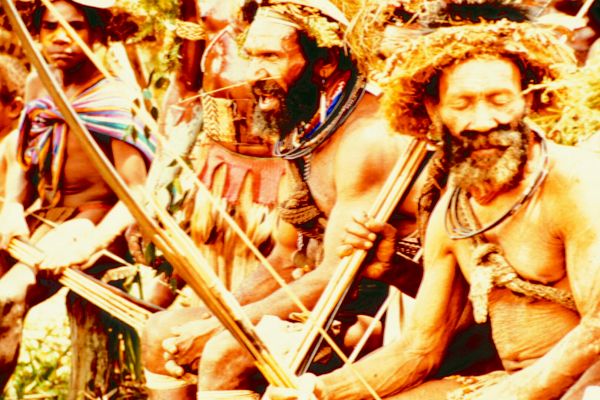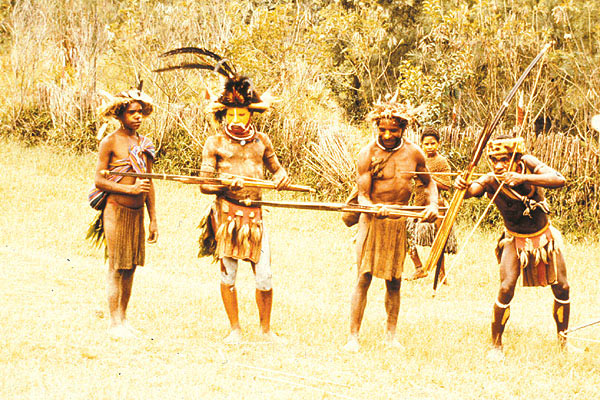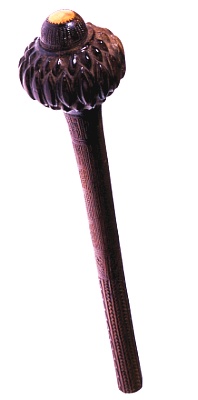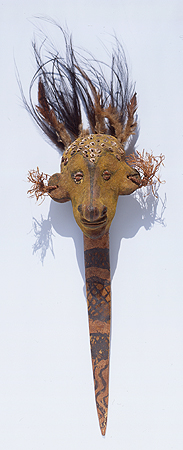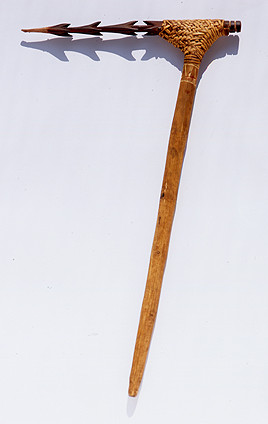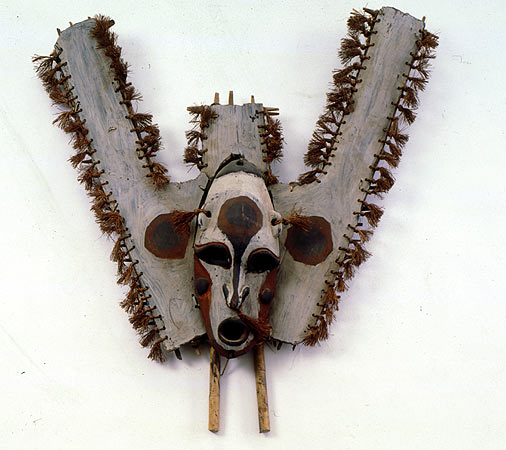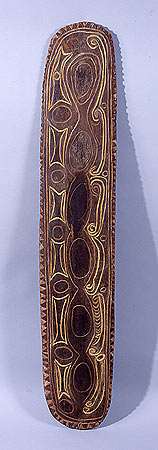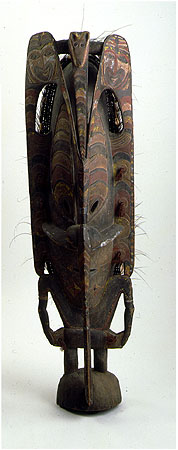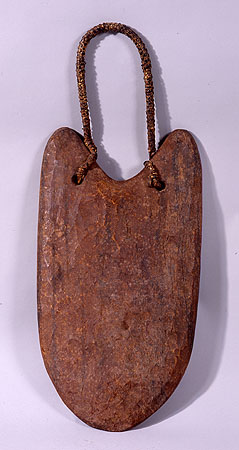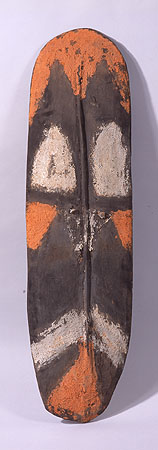Warfare and Society
The differing modes of warfare among various communities on the islands are related to the natural environment, population density and social organization.
Societies living in loosely populated areas and forests mainly partake in ambushes and raids such as the Asmat of New Guinea. The societies which are densely populated, living near the sea and ruled by a noble class are good at large scale invasions and battles at sea, such as those of Borabora.
Boys in New Guinea, upon reaching six years of age, must have their noses pierced and move to the men's meeting hall to receive training on hunting, carving and battle techniques.
Traditional warriors were equipped with arrows, stone axes, bastinados, bows, spears and shields decorated with turkey feathers and enemies' femurs.
In the past, every tribe had its own government and depended on its warriors' courage and the traditional spirit to ensure the independence of the tribe. Until World War II, rumors of head hunting and cannibalism were still heard.
Invasions and violent killings have their cultural and religious significance, as qualities of the dead can be passed on to the warriors. Obtaining the head of an enemy is symbolic of becoming an adult and having the right to get married. It can also bring about a good harvest.

